Kazumasa Ogawa’s Hand-Coloured Flower Photographs
During the 1890s, the artist took many photographs of Japanese flowers before colouring the images by hand.
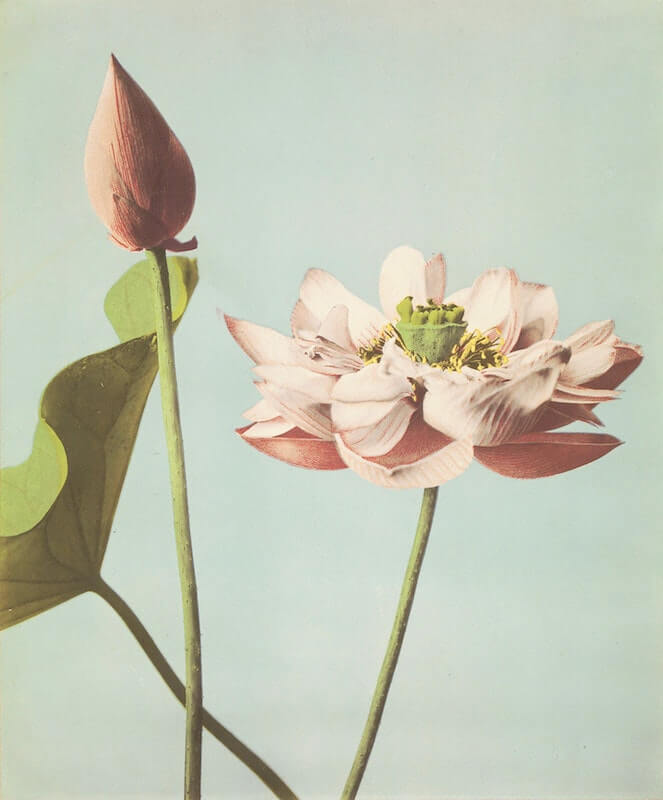
© Ogawa Kazumasa - Public Domain
From lotuses to chrysanthemums, lilies to morning glories, in the 1890s Kazumasa Ogawa photographed the emblematic flowers of Japan. A series of 38 plates, in phototype—a process that involves ink printing on a glass plate—was later assembled in the book Some Japanese Flowers, published in 1896.
Kazumasa Ogawa was a photographer, printer, and publisher, considered one of the pioneers of photography during the Meiji era (1868-1912). Born in 1860 in Saitama Prefecture, he discovered photography at the age of 13 through a mercenary while he was staying in Tokyo. At 17, he opened his own studio in the small town of Tomioka in Gunma Prefecture, before leaving for the USA a few years later to hone both his photographic technique and his English. In 1889, Kazumasa Ogawa also revived the photography magazine Shashin Shimpo, the first of its kind in Japan.
‘The language of flowers’
Kazumasa Ogawa specialised in subjects connected to Japanese tradition like rituals, geisha, and festivals and, by photographing flora, explored one of the facets of Japanese culture in which the symbolic nature of flowers occupies a prominent position. Translated as ‘the language of flowers’, the term hanakotoba was dedicated to the artist. In this language, the chrysanthemum symbolises the emperor and the imperial family, while the lotus, a Buddhist symbol, represents the purity of the mind and body.
After being photographed and printed, the images were then coloured by Kazumasa Ogawa himself. This colouring process was extremely fashionable during the Meiji era, and was also used by fellow artist Kusakabe Kimbei, among others.
Some Japanese Flowers (2013), a reprint of a book of photographs by Kazumasa Ogawa, is published by the J. Paul Getty Museum.
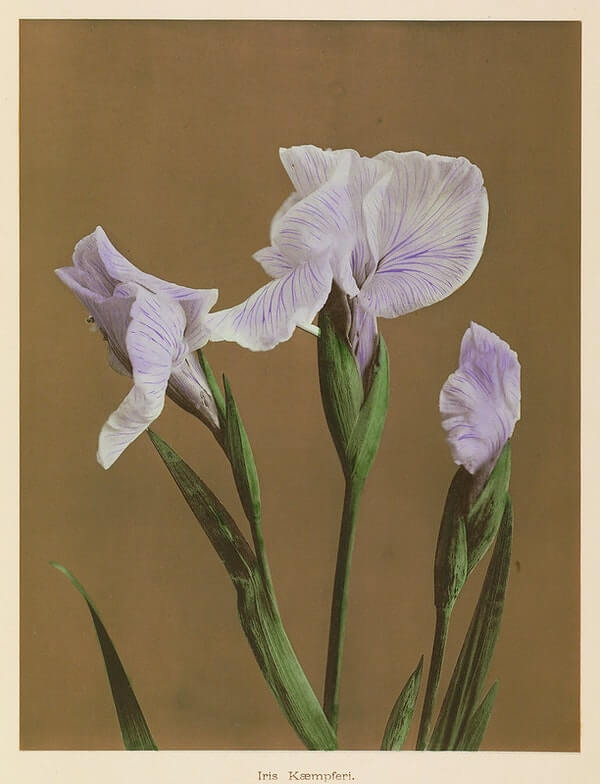
© Ogawa Kazumasa - Public Domain
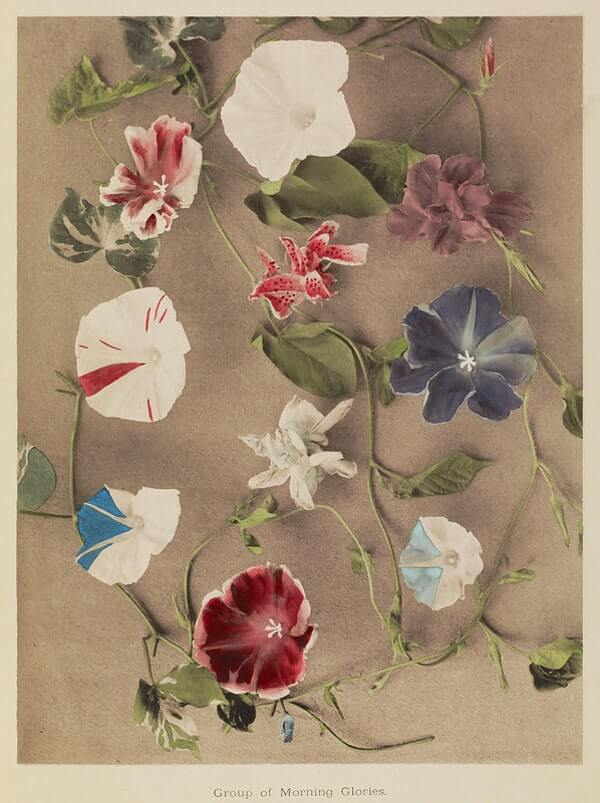
© Ogawa Kazumasa - Public Domain
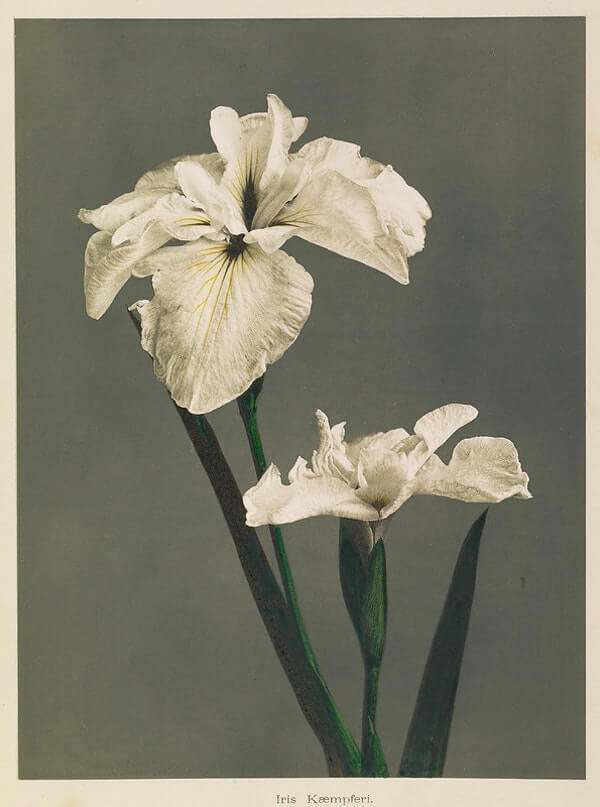
© Ogawa Kazumasa - Public Domain
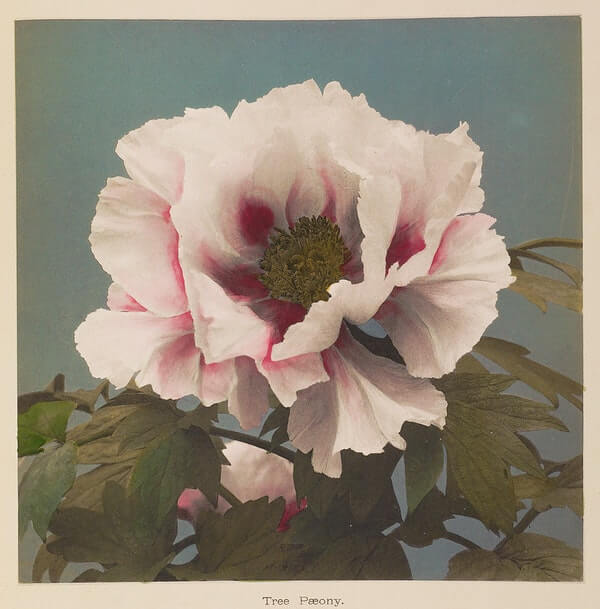
© Ogawa Kazumasa - Public Domain
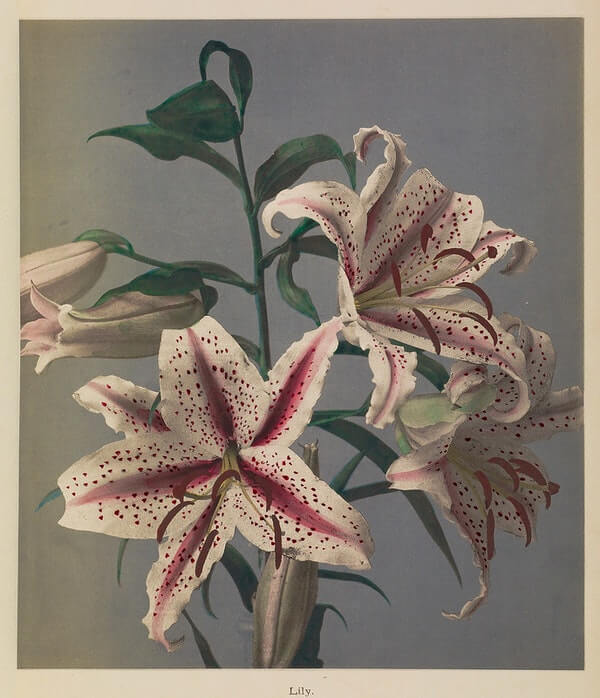
© Ogawa Kazumasa - Public Domain
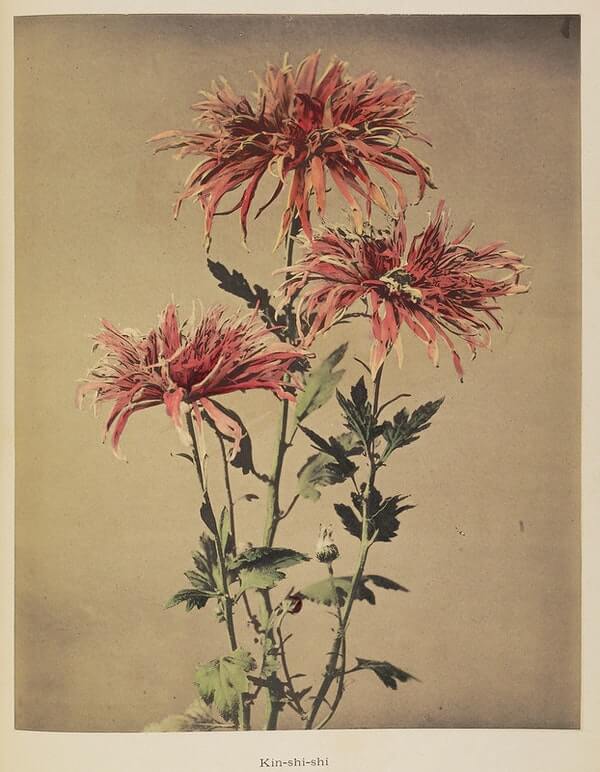
© Ogawa Kazumasa - Public Domain

© Ogawa Kazumasa - Public Domain
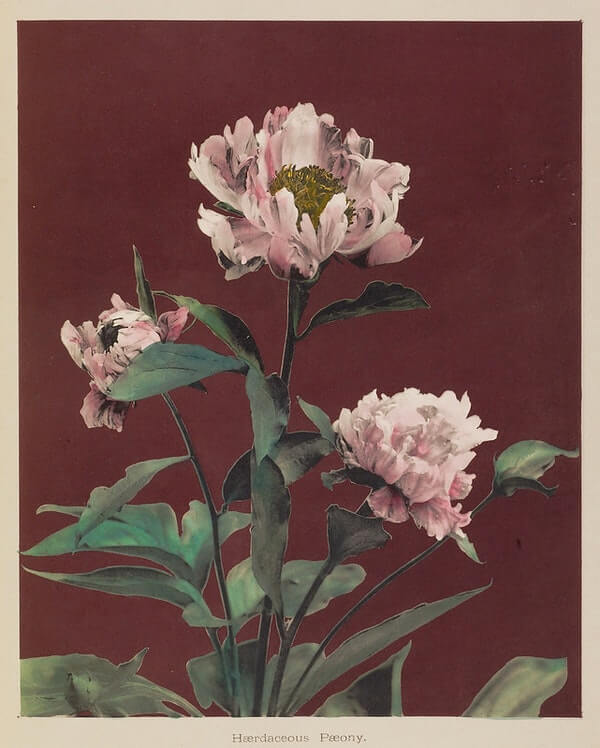
© Ogawa Kazumasa - Public Domain

© Ogawa Kazumasa - Public Domain
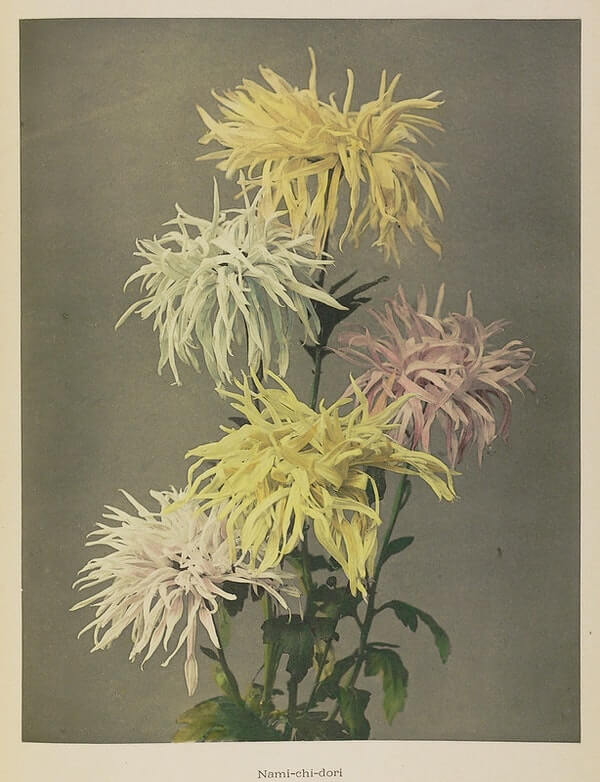
© Ogawa Kazumasa - Public Domain
TRENDING
-
A House from the Taisho Era Reveals Its Secrets
While visiting an abandoned building, Hamish Campbell discovered photographs the owner had taken of the place in the 1920s.

-
The Taboo-Breaking Erotica of Toshio Saeki
The master of the 1970s Japanese avant-garde reimagined his most iconic artworks for a limited box set with silkscreen artist Fumie Taniyama.

-
With Meisa Fujishiro, Tokyo's Nudes Stand Tall
In the series 'Sketches of Tokyo', the photographer revisits the genre by bringing it face to face with the capital's architecture.

-
Masahisa Fukase's Family Portraits
In his series ‘Family’, the photographer compiles surprising photos in which he questions death, the inescapable.

-
Hajime Sorayama's Futuristic Eroticism
The illustrator is the pioneer for a form of hyperrealism that combines sensuality and technology and depicts sexualised robots.





